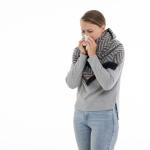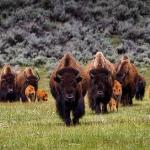The headlines report increasing unexplained deaths, cancers, and heart disease being missed as COVID-19 continues to monopolize our healthcare systems. But what about seasonal flu?
seasonal flu
Infections spread from one susceptible individual to another, a chain of exposures or contacts – it is the basis for track and trace.
Let’s begin with a few facts, extrapolating as necessary. According to the CDC’s statistics on deaths in the United States, seasonal flu is an equal opportunity killer.
The UK's National Health Service has ICNARC or the Intensive Care National Audit and Research Centre which is able to compile data on the utilization of intensive care and the demographics of the patients.






